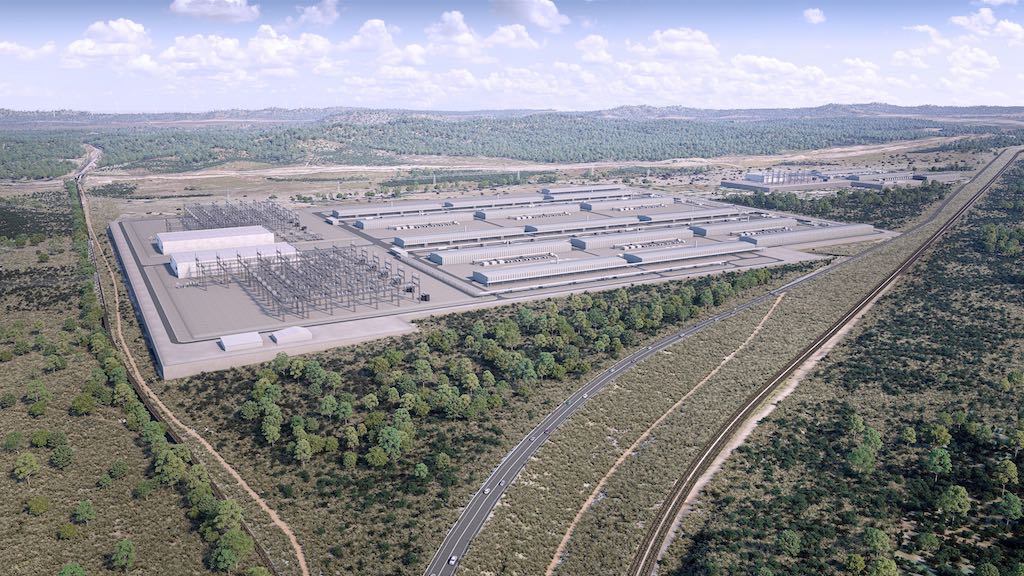Scoping plan to export hydrogen from Gladstone to Japan
A new study will scope the feasibility of producing renewable hydrogen in Gladstone for the Japanese market.

ARENA is supporting a Queensland coal and gas operator to scope the feasibility of a plan to export renewable hydrogen to support Japan’s energy transition.
The proposal would see the Stanwell Corporation produce 36,500 tonnes of renewable hydrogen for export by 2026, growing to 328,500 tonnes per year by 2030.
The hydrogen would be shipped in liquid form to Japan on purpose-built carriers developed by Kawasaki Heavy Industries, in a similar way to Australia’s current liquified natural gas exports.
The $10.4 million study is being supported by a coalition including the APA Group, Iwatani Corporation, Kansai Electric Power Corporation, Marubeni Corporation, Kawasaki Heavy Industries and the Japanese Ministry of Economy, Trade and Industry (METI).
ARENA is contributing $2.2 million towards the $10.4 million project, which ARENA CEO Darren Miller will help to understand Australia’s potential to export renewable hydrogen.
“Stanwell’s study presents a significant opportunity to accelerate the development of export opportunities for renewable hydrogen in Australia and to work with a highly credible consortium from Japan that has the potential to deliver a large-scale export project between both countries into the future,” Darren Miller said.
“While ARENA’s recent hydrogen projects have focused on the necessity to develop a range of domestic opportunities, the growth of Australia’s vast renewable assets like solar and wind will provide us with an abundance of clean energy, which can support a viable hydrogen export market.”
Japan’s growing appetite for low emissions energy
In 2020, ARENA announced funding for Stanwell to produce hydrogen alongside their coal fired power station at Rockhampton. The site’s proximity to the Port of Gladstone, in addition to available land, water and transmission, makes the location well-suited for production of renewable hydrogen for export.
Japanese demand for low emissions energy could help to establish an Australian export industry, with few other technologies available to transport renewable energy over long distances.

Japan’s prime minister, Yoshihide Suga, has pledged that the country will be carbon neutral by 2050, as they decommission their fleet of nuclear power plants. The efforts provide both risk and opportunity for Australia, given Japan is currently our largest market for coal, accounting for more than one quarter of exports in 2019.
The Queensland Government is also contributing funding to the project, with an additional funding application through Japanese Ministry of Economy, Trade and Industry (METI) currently pending.
Stanwell acting CEO Adam Aspinall said the project partners will consider developing a joint venture if the feasibility study is shows hydrogen can be produced in line with price targets.
“Queensland’s hydrogen industry development will be underpinned by collaborating with key domestic and international partners and bringing together expertise across the hydrogen supply chain to drive down costs, improve technology and activate markets,” Mr Aspinall said.
“We consider this project as an opportunity to build on this relationship and establish Queensland as a reliable supplier of green hydrogen to assist Japan in achieving its decarbonisation targets.”
Building blocks
The support for Stanwell’s study builds on ARENA’s recently announced commercial scale hydrogen electrolyser funding round, which awarded funding to the Australian Gas Infrastructure Group, ATCO Australia and Engie Renewables Australia.
AGIG’s head of strategy and innovation, Kristin Raman, told ARENA’s Rewired podcast that they are working towards a goal of achieving 100 per cent renewable hydrogen across their network by 2040.
Projects like these are aiming to bring down the cost of producing renewable hydrogen. Raman said there are opportunities to reduce costs as the technology is scaled, with the fact hydrogen electrolysers are still largely built by hand providing an pathway to make gains with automation.
Read more about ARENA’s portfolio of hydrogen projects.
LIKE THIS STORY? SIGN UP TO OUR NEWSLETTER

ARENA